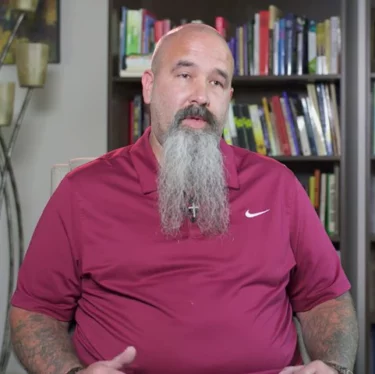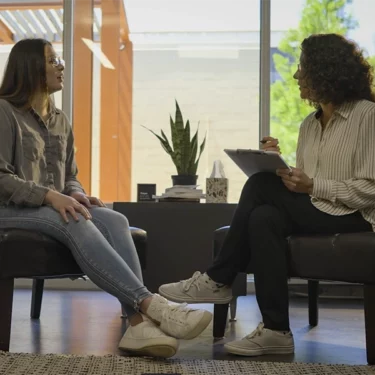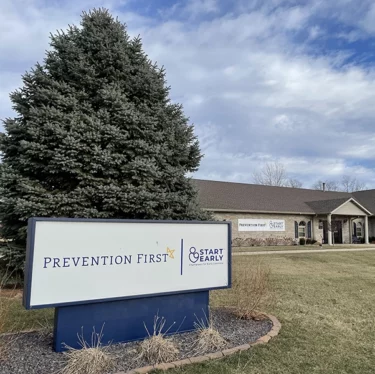I’m a parent, and I’m still learning how to communicate with my kids. Does it get easier?
Sometimes it feels like we speak different languages. It’s never easy, and parents always have more to learn about effectively communicating with youth.
It’s the same for those in our field who work with young people. As we observe National Prevention Week, it’s useful to recall what prevention messages and approaches work – and why.
Drug Use Declines
A national survey of youth drug use found a historic decline in the number of adolescents using drugs and alcohol during the pandemic, due in large part to the fact that young people who had never tried drugs didn’t start in 2020 or early 2021.
Results from the Monitoring the Future survey, a project of the National Institutes of Health that has been measuring youth substance abuse since 1975, showed:
- The number of 10th graders who said they had used marijuana in the last 12 months declined from 28 percent in 2020 to 17.3 percent in 2021.
- The number of 12th graders who had used alcohol declined from 55.3 percent in 2020 to 46.5 percent in 2021.
- The number of eighth graders who reported trying “any illicit drug other than marijuana” declined from 7.7 percent in 2020 to 4.6 percent in 2021.
Even the use of vaping nicotine, which had been on the rise from 2017 through 2019 and was flat in 2020, declined among all age groups, the survey found.
Those are dramatic changes. Changes in how we communicate with youth about alcohol and drug use also have been dramatic.
The Big Picture
We’ve learned a lot in recent years about how to talk about prevention with young people.
For instance, instead of basing prevention campaigns around negation, more recent efforts have sought to be additive. Just as there are risk factors that we can seek to eliminate for their contributions to the development of a substance use disorder, there are an equal number of protective factors that can be beefed up and supported to prevent substance use; everything from strong rapport with trusted adults to supervised extracurricular activities.
Reinforcing what is positive, instead of a sole focus on what is negative, is an important element of modern-day prevention.
The Power of Conversation
Because conversations with young people are more important than ever, the National Council last year published Getting Candid: Framing the Conversation Around Youth Substance Use Prevention.
It is never too early to start a conversation with young people about substance use. The earlier prevention conversations happen with youth, the greater the opportunity is to prevent substance use disorder – and reverse the trend. Meaningful, early identification and effective prevention minimizes the likelihood that youth develop a more serious substance use disorder in the future.
Here’s what else we found. Having youth guide discussions about prevention ultimately makes the efforts more connected and plugged into what youth today care about most. That includes providing opportunities for youth to have meaningful participation and decision-making power inside of the programs meant to be delivered to them. Youth advisory boards have become a cornerstone to youth prevention projects. These operating bodies that usually consist of around 5-10 youth “ambassadors” work together to provide direction and feedback.
Building Trust
While working on our Getting Candid initiative, which was supported by funding from the Centers for Disease Control and Prevention (CDC), we also explored the ins and out of how providers can work to build strong rapport and trust with the youth they serve.
Young people said providers and people with lived experience are the two resources they trust more than any other on the topic of substance use. Nearly seven out of 10 youth surveyed in a national assessment – 68% – identified providers as the most trusted messenger for sensitive conversations on alcohol and other drug prevention. That includes primary care doctors or nurses, therapists or counselors in schools or community behavioral health organizations
In a similar vein, the SAMSHA Talk they Hear You Campaign has recently rolled out parent roleplay videos and curriculum to help assist parents in their communication around alcohol and other drug use in order to build and maintain rapport with their children (even in their teen years).
As we look to draw awareness to the importance of prevention May 8-14th, it is valuable to take a step back and reflect on the evolution of prevention efforts in the U.S. By working across organizations and campaigns, together we can continue to align and transform prevention education to be more and more effective at preserving the wellbeing and health of America’s youth.
Leveraging the many newly published resources available will help you in your efforts to communicate with youth – Getting Candid, Talk They Hear You and This Is Quitting.
And if you have any suggestions about how I can talk to my teenagers, please let me know.




